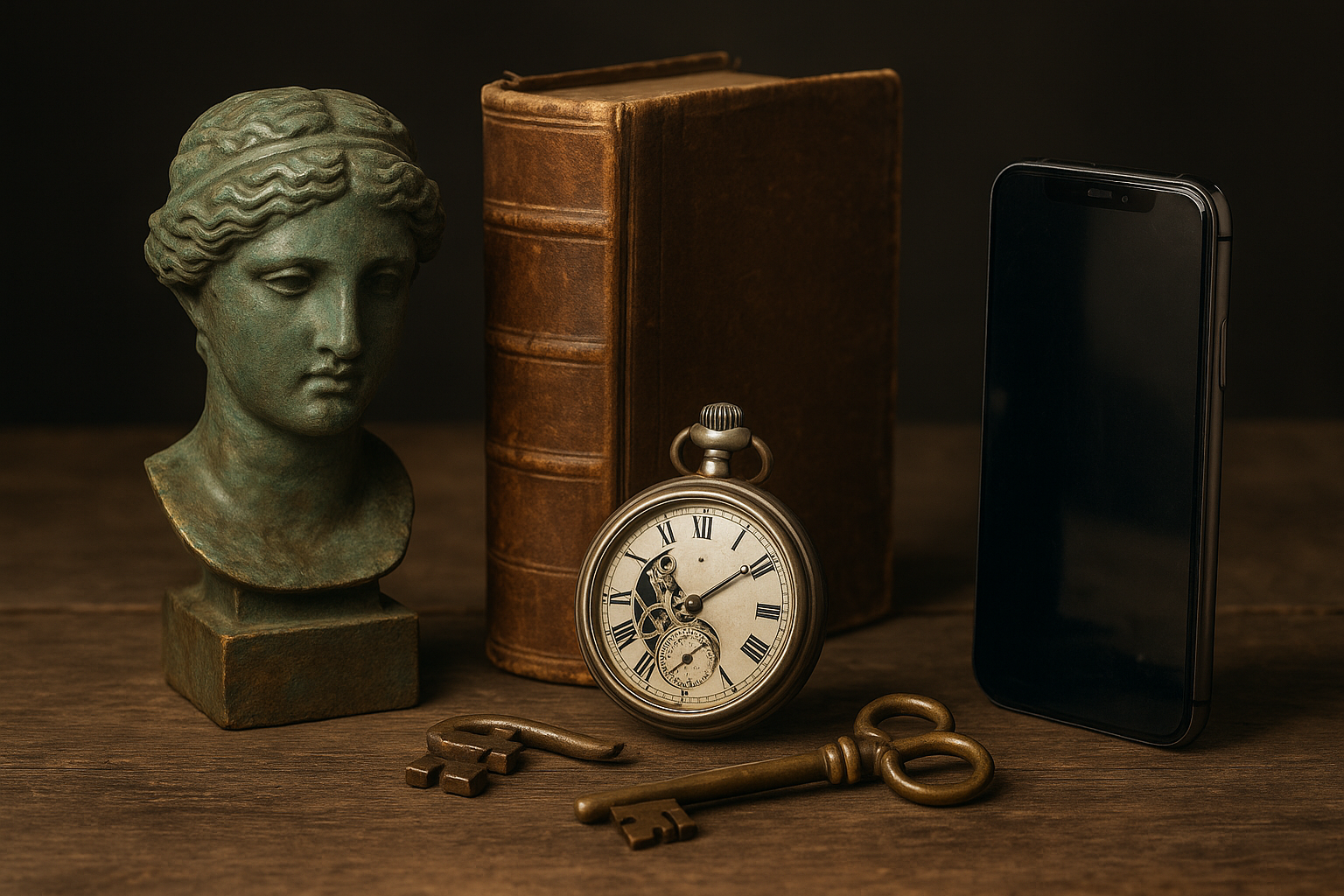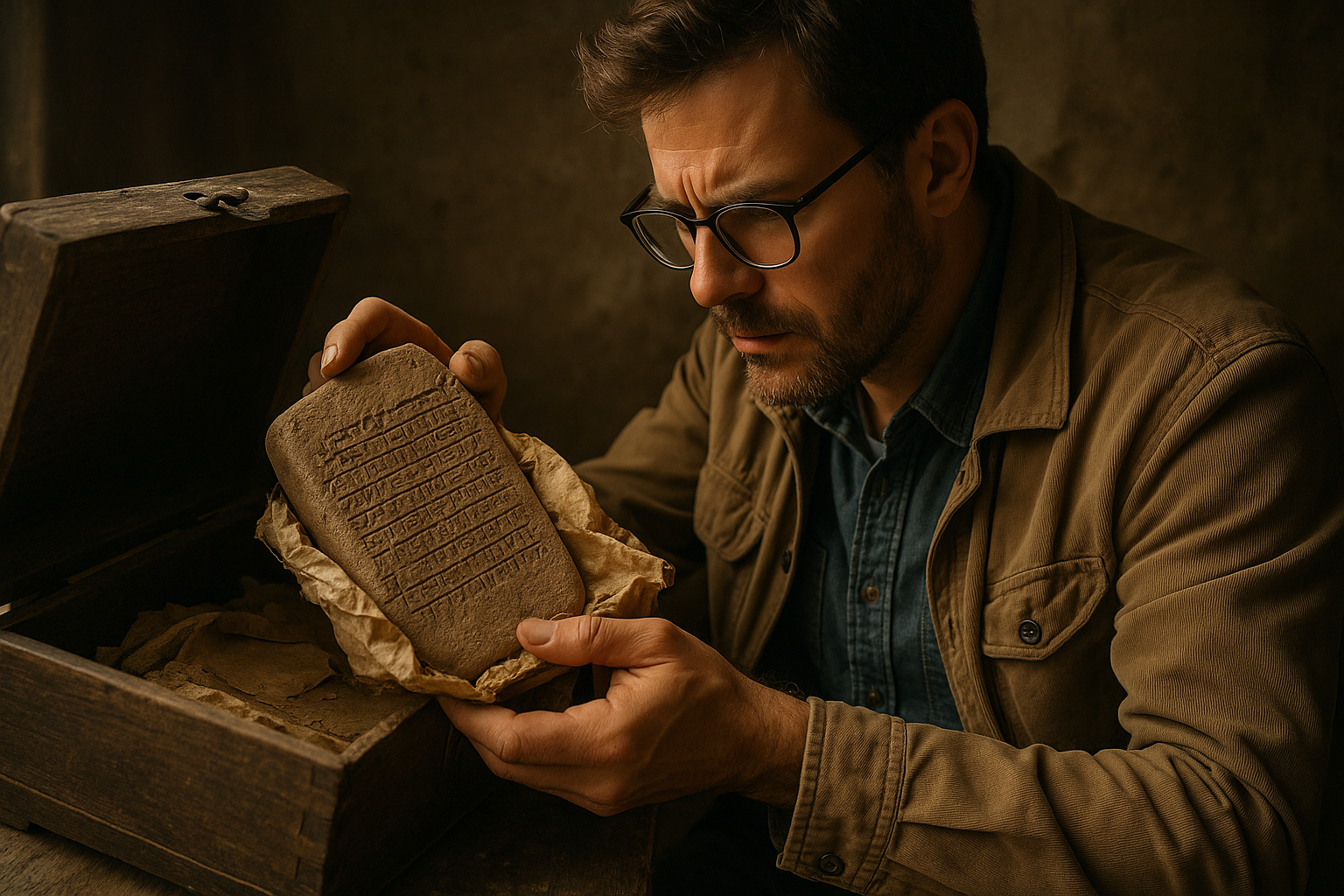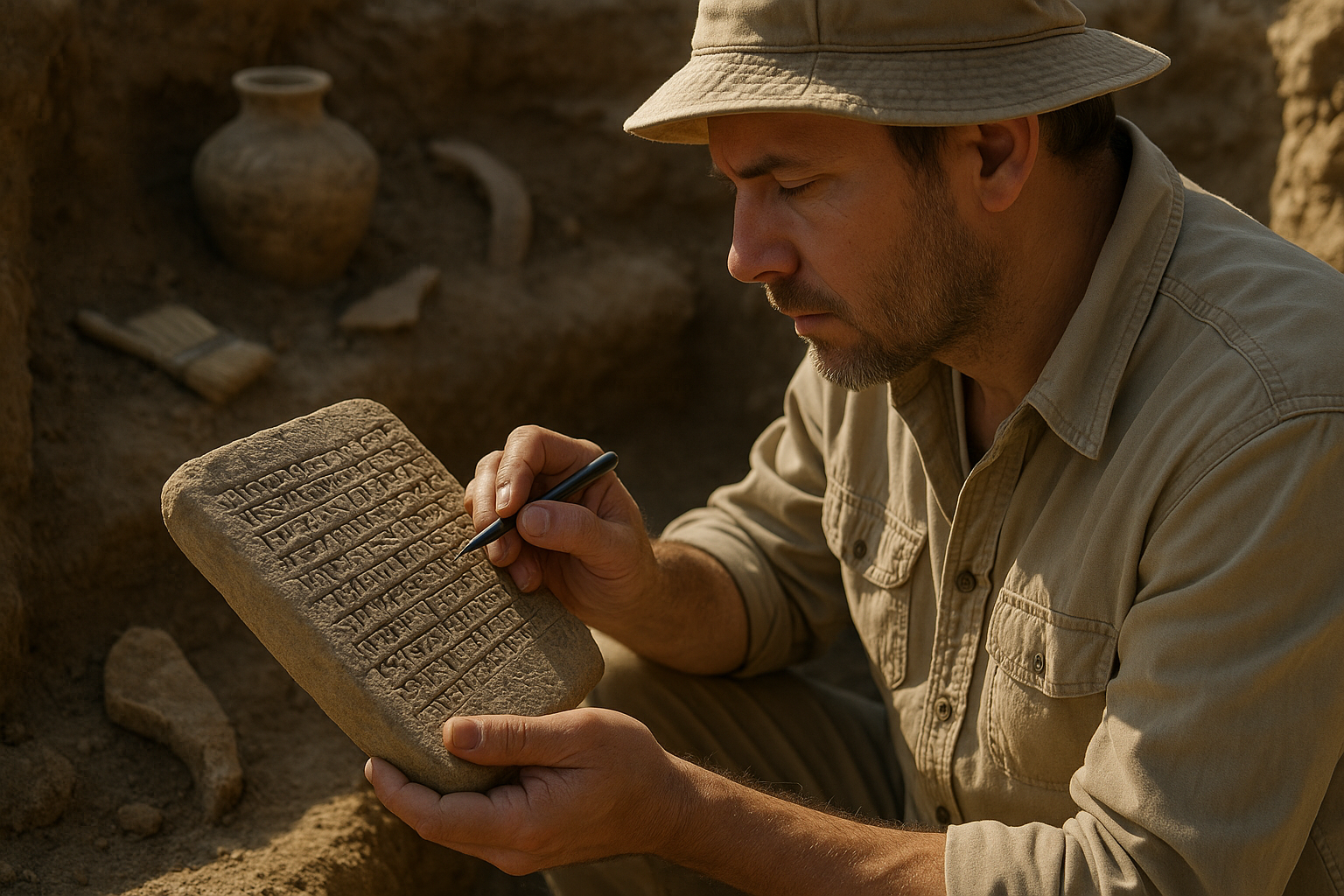Ritual markings have carved their way through human history, serving as sacred vessels of identity, belief, and ancestral wisdom across countless generations and cultures worldwide. ✨
The Ancient Language Written on Skin and Stone
Before written language dominated communication, our ancestors developed sophisticated systems of visual expression through ritual markings. These weren’t mere decorations or impulsive acts of self-expression. They represented profound commitments, spiritual transformations, and the transmission of cultural knowledge that words alone could never capture adequately.
From the intricate moko patterns of Māori warriors to the sacred yantra designs of Hindu practitioners, ritual markings have functioned as living libraries. Each line, dot, and symbol contains layers of meaning that connect the present generation with those who came before, creating an unbroken chain of cultural continuity that defies the erosion of time.
Anthropologists have documented these practices in virtually every corner of the globe, revealing remarkable similarities despite vast geographical distances. This universal human impulse to mark the body and sacred spaces suggests something deeper than cultural coincidence—it points toward fundamental psychological and spiritual needs that transcend individual societies.
Sacred Geometry and Symbolic Protection 🛡️
The geometric patterns found in ritual markings across diverse cultures reveal surprising consistency. Circles represent wholeness and the cycles of life. Triangles embody balance and divine triads. Spirals symbolize growth, evolution, and the journey between worlds. These shapes weren’t chosen arbitrarily but reflect deep observations about natural patterns and cosmic order.
Many indigenous communities believed that specific markings offered spiritual protection against malevolent forces. The Berber women of North Africa traditionally received facial tattoos that were thought to guard against the evil eye and ensure fertility. Similarly, Polynesian navigators bore markings that invoked protection from ocean spirits during perilous voyages across vast expanses of open water.
Contemporary research in psychology has discovered that humans find certain geometric patterns inherently calming and meaningful. The prevalence of sacred geometry in ritual markings may tap into these innate perceptual preferences, creating symbols that resonate at both conscious and unconscious levels.
The Intersection of Pain and Transformation
The process of receiving ritual markings traditionally involved significant discomfort, and this wasn’t an unfortunate side effect—it was integral to the experience. Pain served as a threshold guardian, separating the ordinary world from the sacred space of transformation. By enduring controlled suffering, individuals demonstrated commitment, courage, and readiness for new responsibilities within their communities.
In many initiation ceremonies, young people received their first permanent markings as they transitioned into adulthood. The pain became a teacher, imparting lessons about resilience, patience, and the temporary nature of suffering. These experiences created powerful memories that anchored the symbolic meanings of the markings deep within the psyche.
The Archive of Identity and Belonging
Ritual markings have historically functioned as visible declarations of group membership. They immediately communicated tribal affiliation, social status, spiritual achievements, and family lineage. In societies without written records, these visual markers preserved genealogical information and social hierarchies with remarkable accuracy.
The Ainu people of northern Japan developed an elaborate system of facial tattoos for women that indicated marital status, family connections, and spiritual protection. These markings could be “read” by those familiar with the symbolic language, providing instant recognition within the community and distinguishing insiders from outsiders.
Beyond mere identification, these markings created powerful bonds of belonging. Sharing similar patterns with others in your community reinforced social cohesion and collective identity. The markings served as constant reminders of one’s responsibilities to the group and the ancestors who established these traditions.
Preserving Stories Through Symbolic Language
Many ritual marking traditions encoded entire narratives within their designs. A single tattoo might commemorate a heroic deed, memorialize a deceased relative, or represent a spiritual vision received during a sacred ceremony. These visual stories ensured that important events weren’t forgotten even when oral traditions failed.
The Iban people of Borneo traditionally earned specific tattoo designs through courageous acts and significant life achievements. Each marking told a story that could be recounted by community elders, creating a living biography worn on the skin. This practice transformed the body itself into a personal history book.
Spiritual Gateways and Divine Connection 🌟
Across numerous spiritual traditions, ritual markings have served as conduits between the material and spiritual realms. They marked individuals as dedicated to particular deities, opened channels for divine guidance, or signified completed stages along mystical paths toward enlightenment.
In Hindu and Buddhist traditions, temporary ritual markings using sacred ash, sandalwood paste, or turmeric invoke specific energies and demonstrate devotion. The tilaka mark worn on the forehead indicates one’s spiritual lineage and creates a focal point for meditation and third-eye activation.
Permanent religious markings also carry profound significance. Christian Coptic communities in Egypt have historically practiced tattooing crosses on the wrist as declarations of faith, particularly during periods of persecution. These marks represented unwavering commitment even in the face of potential martyrdom.
Awakening Inner Transformation
Many mystical traditions teach that ritual markings don’t merely symbolize transformation—they catalyze it. The act of receiving sacred marks initiates energetic changes within the individual, activating dormant spiritual capacities and aligning personal energy with universal forces.
Shamanic cultures worldwide have incorporated ritual markings into healing ceremonies. The healer might temporarily mark the patient’s body at specific energy points, creating a therapeutic map that guides spiritual intervention. These practices recognize the profound connection between symbolic representation and physiological reality.
The Generational Transmission of Wisdom
One of the most powerful aspects of ritual marking traditions lies in their role as intergenerational bridges. Elders passing down the knowledge of proper designs, meanings, and application techniques create living connections with ancestors stretching back countless generations.
These transmission processes often involve extensive training periods where apprentices learn not only technical skills but also the philosophical and spiritual foundations underlying the practice. This holistic education ensures that ritual markings retain their deeper significance rather than degenerating into empty aesthetic gestures.
In Samoa, the traditional pe’a (male tattoo) and malu (female tattoo) ceremonies remain important cultural practices. Young people still undergo these intensive marking processes, which can take weeks to complete, as declarations of cultural pride and connections to their heritage. Master tattooists (tufuga ta tatau) maintain unbroken lineages of knowledge dating back centuries.
Adapting Ancient Wisdom for Modern Contexts
Contemporary practitioners face the challenge of preserving authentic traditions while adapting them to radically different social environments. How can ritual markings retain their sacred significance in cultures that view them primarily as fashion statements or self-expression?
Some indigenous communities have responded by establishing stricter protocols around who can receive traditional markings and under what circumstances. Others have embraced modified approaches that honor the spirit of the tradition while acknowledging changed realities. These adaptive strategies demonstrate the resilience of cultural practices when rooted in genuine understanding rather than rigid orthodoxy.
The Psychology Behind Permanent Commitment 🧠
Modern psychological research has illuminated why ritual markings hold such profound power. When we make permanent changes to our bodies accompanied by meaningful ritual, we create what psychologists call “commitment devices”—external markers that reinforce internal transformations.
The permanence of traditional markings creates cognitive consistency pressure. Having publicly declared certain values or identities through visible symbols, individuals feel motivated to behave in alignment with those declarations. This psychological mechanism helps explain why ritual markings have been so effective at promoting social cohesion and individual development.
Furthermore, the embodied nature of these practices engages multiple dimensions of human experience simultaneously. The physical sensation, visual impact, social recognition, and personal meaning converge to create remarkably powerful psychological anchors that mere intellectual commitments cannot match.
Ritual as Neurological Programming
Neuroscience research suggests that ceremonial contexts activate distinct brain states that enhance memory formation and emotional significance. When ritual markings are received within proper ceremonial frameworks, the brain encodes these experiences with heightened vividness and emotional intensity.
These neurologically enriched memories become reference points that individuals can mentally revisit during challenging times. The physical markings serve as external triggers that reactivate the psychological and spiritual states experienced during the original ceremony, providing ongoing access to those transformative energies.
Revitalizing Sacred Practices in Contemporary Life
The modern revival of interest in ritual markings reflects deeper yearnings for meaning, community, and connection with something greater than isolated individual existence. In increasingly fragmented societies, people hunger for practices that root them in traditions, create belonging, and mark significant life transitions.
However, this revival also presents challenges. When ancient practices are extracted from their cultural contexts and adopted superficially, they risk becoming hollow gestures that provide temporary aesthetic satisfaction without delivering genuine transformation. The key distinction lies in approaching these traditions with proper respect, education, and integration into meaningful life practices.
Some contemporary practitioners have found middle paths by creating new ritual marking traditions that honor ancestral wisdom while addressing modern circumstances. These approaches maintain core principles—intentionality, ceremonial context, community witness, and integration with personal development—while adapting specific forms to current realities.
Building Personal Ritual Frameworks
For individuals drawn to ritual markings but disconnected from traditional cultural contexts, creating personal frameworks requires thoughtful consideration. This process might involve:
- Researching the historical and cultural significance of various marking traditions with genuine curiosity
- Identifying life transitions, achievements, or commitments worthy of permanent commemoration
- Developing symbolic languages that resonate with personal experience and values
- Creating ceremonial contexts that elevate the marking process beyond mere aesthetic modification
- Engaging communities of support who can witness and honor these significant moments
- Integrating the markings into ongoing spiritual or personal development practices
The Ethical Dimensions of Cultural Practices
Contemporary discussions around ritual markings necessarily include considerations of cultural appropriation and respect. When sacred practices from marginalized communities become fashionable among dominant cultures, serious questions arise about exploitation, commodification, and the erosion of traditional meanings.
Respectful engagement requires recognizing the difference between appreciation and appropriation. Appreciation involves learning from other cultures while acknowledging their context and supporting communities who maintain these traditions. Appropriation extracts aesthetic elements while ignoring deeper meanings and often exploiting communities who have faced discrimination for these same practices.
Indigenous activists and cultural leaders have increasingly spoken out about the importance of maintaining integrity around sacred practices. Some designs and techniques remain restricted to community members who have earned the right to bear them through proper cultural channels. Respecting these boundaries honors the communities who have preserved these traditions through immense hardship.

Looking Forward While Honoring the Past 🌅
The future of ritual marking traditions depends on finding balance between preservation and evolution. Completely freezing practices in historical forms risks turning living traditions into museum pieces, while abandoning core principles in pursuit of novelty severs connections with ancestral wisdom.
The most vibrant cultural traditions have always demonstrated adaptive capacity while maintaining essential integrity. Ritual markings can continue serving their fundamental functions—marking transformation, creating belonging, preserving wisdom, and connecting with the sacred—even as specific expressions evolve to meet contemporary needs.
Young people from traditional communities worldwide are finding innovative ways to maintain these practices. They document elder knowledge using modern technology, create educational resources that share cultural context, and develop ceremonies that honor tradition while acknowledging contemporary realities.
The Timeless Human Need for Marking
Ultimately, the persistence of ritual marking traditions across all human cultures and historical periods reveals something essential about our nature. We are creatures who create meaning through symbols, who mark significant moments, who seek connection with forces beyond ourselves, and who desire to leave traces of our passage through life.
These fundamental needs don’t disappear in technological societies—they simply seek new expressions. Whether through traditional tattoos, religious symbols, ceremonial body painting, or other forms of intentional marking, humans continue pursuing the same ancient purposes that drove our ancestors to stain their skin with sacred symbols.
By understanding ritual markings not as primitive superstitions but as sophisticated technologies for preserving wisdom, creating identity, and facilitating transformation, we can engage these practices with appropriate depth. The power of ritual markings lies not in the ink or scarification itself but in the meanings, memories, and connections they embody.
As we navigate an increasingly complex and disconnected world, the lessons embedded in traditional marking practices offer valuable guidance. They remind us that transformation requires commitment, that identity emerges from community, that wisdom deserves preservation, and that the human journey benefits immensely from visible reminders of invisible truths. 🌟
Toni Santos is a temporal researcher and symbolic archaeologist specializing in the study of forgotten burial systems, sacred archival practices, and the visual languages embedded in ancient temporal lore. Through an interdisciplinary and artifact-focused lens, Toni investigates how humanity has encoded knowledge, memory, and mystery into the temporal world — across cultures, rituals, and vanished civilizations. His work is grounded in a fascination with time capsules not only as vessels, but as carriers of hidden meaning. From extinct burial ritual practices to mythical codices and secret temporal seals, Toni uncovers the visual and symbolic tools through which cultures preserved their relationship with the temporal unknown. With a background in design semiotics and temporal artifact history, Toni blends visual analysis with archival research to reveal how time capsules were used to shape identity, transmit memory, and encode sacred knowledge. As the creative mind behind eltonxy, Toni curates illustrated chronologies, speculative temporal studies, and symbolic interpretations that revive the deep cultural ties between artifacts, ritual markings, and forgotten messages. His work is a tribute to: The lost temporal wisdom of Forgotten Time Capsule Burial Rituals The guarded archives of Sacred Codices and Forgotten Temporal Archives The mythopoetic presence of Temporal Symbols and Ritual Markings The layered visual language of Vanished Artifacts and Temporal Messages Whether you're a temporal historian, symbolic researcher, or curious gatherer of forgotten chronological wisdom, Toni invites you to explore the hidden roots of time capsule knowledge — one seal, one glyph, one message at a time.




